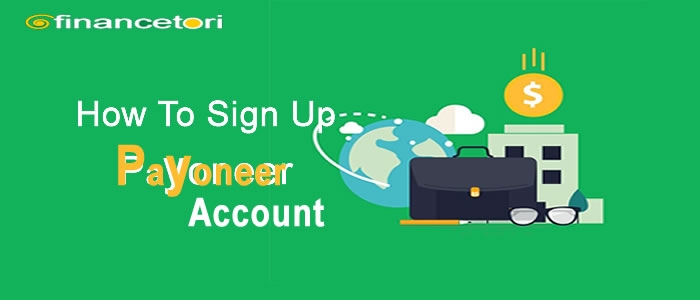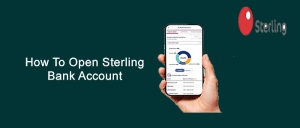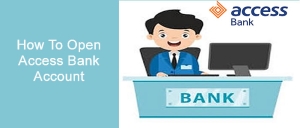
Payoneer was founded in 2005 by Yuval Tal, Shachar Bialick, and Ronen Ozeri. The company was established to address the challenges faced by businesses and freelancers in making and receiving cross-border payments.
Payoneer operates in over 200 countries and offers services in over 150 currencies. The company has established itself as a leader in global payments, serving freelancers, small businesses, and large enterprises. Its innovative Payoneer payment method solutions continue to support the needs of those conducting international business and commerce.
Key Milestones in Payoneer's History:
2005 - Founding: Payoneer was created with the goal of providing a fast, efficient, and cost-effective way to send and receive money globally. It focused on helping companies and individuals handle payments across borders, particularly for freelancers, small businesses, and e-commerce merchants.
2008 - Growth in the Freelance Market: Payoneer began gaining traction among freelancers and small businesses by offering services that allowed them to receive payments in multiple currencies and from global marketplaces such as Amazon and eBay.
2011 - Global Expansion: Payoneer expanded its reach and began offering services to businesses and professionals in more than 200 countries. The company added multi-currency accounts, enabling users to receive payments as if they had a local bank account in various countries.
2013 - Strategic Partnerships: Payoneer formed partnerships with major online marketplaces and businesses, including Fiverr, Upwork, and Rakuten, further cementing its position as a leading payment provider for freelancers and e-commerce sellers (payoneer account create).
2015 - Funding and Growth: Payoneer secured significant investment from venture capital firms like BlueRun Ventures, Toba Capital, and Citi Ventures. This funding helped the company expand its global presence and develop new features, such as its prepaid MasterCard ( Payoneer Mastercard).
2017 - $180 Million Funding Round: Payoneer raised $180 million in a funding round to support its growth and expand its services. This marked one of the company’s largest funding rounds at the time, boosting its position in the global payments market and several Payoneer payment method.
2018 - Acquisitions and Expansion: Payoneer continued expanding through acquisitions, such as the acquisition of Armor Payments, a cross-border payments platform. This allowed Payoneer to broaden its services and strengthen its position in the global payments space.
2020 and Beyond - Global Recognition: Payoneer became a widely recognized name in international payment solutions, serving millions of customers worldwide. It continued innovating its platform, focusing on making cross-border payments easier and more accessible for businesses of all sizes.
Key Features of Payoneer:
Multi-Currency Accounts: Payoneer offers accounts in multiple currencies, including USD, EUR, GBP, JPY, and more, allowing users to receive local payments as if they had a local bank account in those regions.
Global Payments: Users can send payments to suppliers, contractors, or clients worldwide, eliminating the need for traditional bank transfers, which often have high fees.
Prepaid MasterCard: Payoneer offers a prepaid MasterCard that can be used for online purchases or at physical stores, like any debit card.
Cross-Border Transactions: Payoneer makes international payments simple and cost-effective by providing competitive exchange rates and low fees compared to traditional bank transfers.
Integration with Marketplaces: Payoneer is integrated with various online marketplaces like Amazon, eBay, Fiverr, Upwork, and more, enabling sellers and freelancers to withdraw their earnings seamlessly.
Global Reach: With Payoneer, you can send and receive funds in over 150 countries, and users can also pay invoices directly through the platform.
Why Use Payoneer?
- Cost-Effective: Payoneer offers lower fees for cross-border payments compared to traditional banks.
- Flexibility: It supports a wide range of currencies and payment methods.
- Convenience: It simplifies global business transactions, making it easier to pay for services, receive payments, low Payoneer charges and manage multiple currencies.
Payoneer is a powerful financial tool for anyone looking to manage international payments efficiently and securely Payoneer business.
To set up a Payoneer account, follow these simple steps:
Step 1: Visit the Payoneer Website
Go to the Payoneer website: www.payoneer.com
Click on the Sign Up (Payoneer sign in) button to begin the registration process.
Step 2: Create an Account
Select Your Account Type: You will be asked to choose between two account types:
- Individual Account: This is targeted to customers that want to open Payoneer account For freelancers, contractors, and individuals.
- Business Account: This is targeted to customers that need Payoneer account create for companies or organizations receiving payments.
Fill in Personal Details: Enter your name, email address, country of residence, and other required personal details.
Create a Password: Choose a strong password for your Payoneer account.
Step 3: Provide Business Information (For Business Accounts)
If you're setting up a business account such as Payoneer account (paynoor com), you'll need to provide additional information, such as your business name, business type, tax ID number, and other business-related details.
After payoneer sign up for individual accounts, you will typically need to enter your personal identification number and information related to your freelance or professional work.
Step 4: Submit Identification Documents
Payoneer (payouts payoneer com) may request a proof of identity (passport, national ID, or driver’s license) to verify your identity.
Proof of address (such as a utility bill) may also be required to confirm your address.
Upload the documents as requested.
Step 5: Review and Confirm Details
Carefully review all the information you've provided during registration.
Once you're sure everything is accurate, submit your application.
Step 6: Wait for Approval
Payoneer will review your account details and documents. This process can take anywhere from a few hours to a few days.
You will receive a notification once your account is approved.
Step 7: Set Up Your Payoneer Payment Methods
Once approved, you can log into your Payoneer account.
You can set up payment methods, like adding bank accounts, linking your Payoneer card, and setting up your USD, EUR, or other multi-currency accounts to start receiving payments.
Step 8: Start Using Payoneer
After your account is fully set up, you can start receiving payments, making transfers, and using your Payoneer card for online purchases or ATM withdrawals.
It is important note:
Double-check information: Make sure all your details are correct before submitting, as any discrepancies might delay the process.
Security: Use a strong password and enable two-factor authentication (2FA) for added security on your Payoneer account. By following these steps and payoneer business account requirements, you'll have a fully set-up Payoneer account to handle cross-border payments and manage your global transactions!
Conclusion, Payoneer is a comprehensive and reliable financial platform that simplifies cross-border payments for businesses and individuals. With its ability to support multi-currency accounts, global payments, and seamless integration with online marketplaces, Payoneer has become a leading choice for freelancers, e-commerce sellers, and companies around the world. Its low fees, ease of use, and flexible payment options make it an ideal solution for managing international transactions. Whether you're an entrepreneur, freelancer, or business owner, Payoneer provides the tools necessary to efficiently send, receive, and manage payments across borders







 How To Buy Global Com Shares
How To Buy Global Com Shares  Top Places To Invest Your Money To Make Billions
Top Places To Invest Your Money To Make Billions